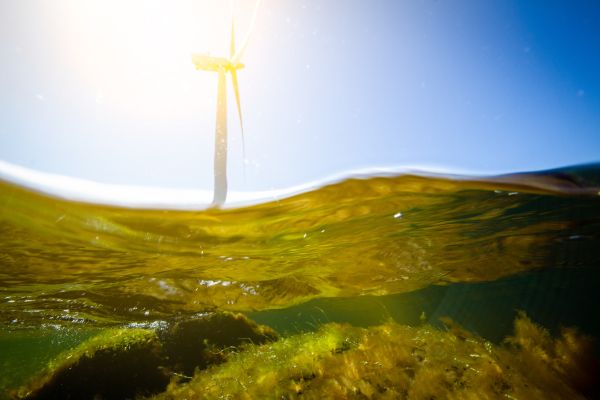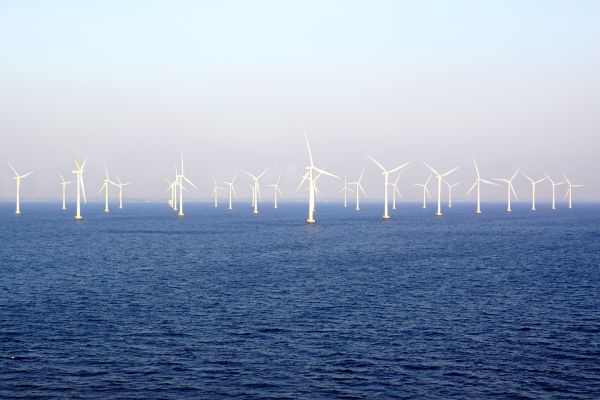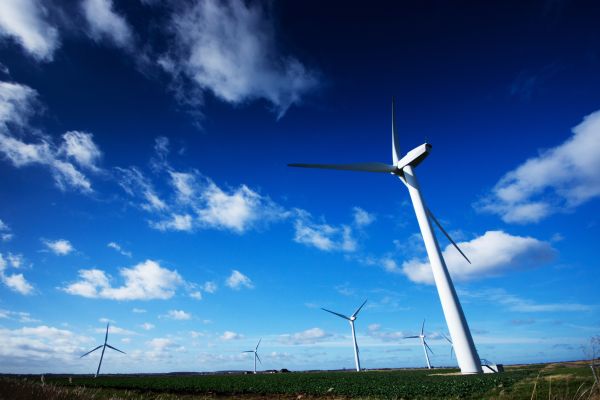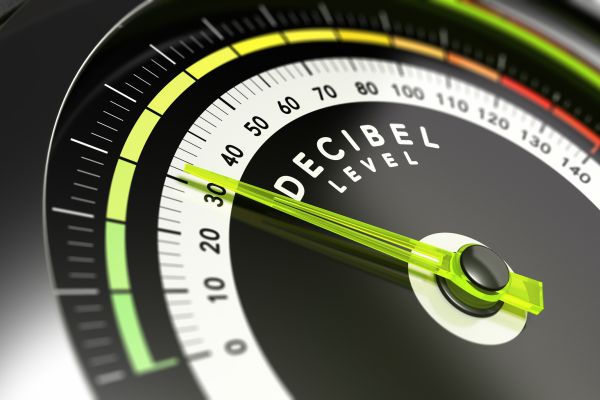René Smidt Lützen looks at the issue of noise that mankind is making underwater
Recent years have seen a marked increase in offshore wind turbine installations in response to the growing demand for sustainable energy. However, the potential negative impact on marine life means that the discipline of underwater acoustics is becoming crucial for managing the environmental impact of wind farms.
Let’s put this in context
Most of all life on Earth lives in the ocean, which covers about 70 per cent of the Earth’s surface but contains about 300 times more habitable volume than the land.
And this is not a quiet place. Wind and waves, rain and even volcanic activity create a substantial level of underwater ambient noise. Added to this are biological sound sources. The 3cm-long snapping shrimp, for example, is one of the loudest creatures on Earth, generating sounds that can disrupt the sonar of submarines. The sounds that whales produce can be heard for thousands of kilometres – due to the frequencies they use, and because sound behaves differently in water than in air. It travels approximately four times faster and with less attenuation.
But with growing industrial activity in the oceans, man-made noise is increasingly affecting underwater environments. From offshore pile driving to seismic exploration, the general noise level in the sea is rising. According to recent US research spanning 40 years, ambient noise from shipping alone is steadily increasing.
Many types of marine life rely on acoustics for communication, navigation and feeding, and man-made noise has the potential to interfere with these vital routines. Marine biologists are concerned about the physiological and behavioural impacts on sea creatures, particularly among marine mammals which often have highly sensitive hearing.


Offshore wind turbines
The ambient noise created by offshore wind turbines differs between construction and operation.
The construction of the popular monopile foundations commonly involves the powerful hammering of the pile into the seabed. Acoustically speaking, this produces the equivalent of a large underwater loudspeaker. The impulsive noise is very loud – and louder than many other common underwater noise sources. As wind turbines are increasing both in size and number, it is likely that the construction of future offshore wind farms will cause even higher noise levels.
In operation, a modern wind turbine is a power plant in itself. The interaction between wind and blades creates the massive dynamic forces necessary to produce electricity. But at the same time, the forces cause vibration throughout the turbine’s structure. And again, the vibrating foundation serves as a loudspeaker, radiating noise into the sea and seabed.
While the current state of knowledge suggests that offshore pile driving has significant potential for harming marine mammals, the operational effect of noise from wind turbines is less clear-cut and less appreciated. The noise levels are lower than during construction, but the noise is almost continuous throughout the lifetime of the turbine. Present indications are that there may be little conflict between marine mammals and operating wind farms in respect of noise. But as the size of turbines increases and new types of foundation are employed, that picture may change.
The ambient noise created by offshore wind turbines differs between construction and operation
What is being done?
In 2008, the EU introduced its Marine Strategy Framework Directive, which requires the setting of objectives to ensure that ‘underwater noise is at levels that do not adversely affect the marine environment’.
The directive requires each member state to develop a marine strategy including a comprehensive assessment of the state of the environment, defining targets and monitoring indicators. By 2015, they will need to have developed a coherent and co-ordinated programme of measures.
Specific underwater noise limits for the protection of marine life might then appear in national regulations. Current German regulations, for example, specify a comprehensive set of measurement procedures for various stages of a wind farm lifecycle which, as with all such underwater acoustics work, requires the use of specialised measuring equipment and numerical prediction tools.
Before beginning the construction of a new offshore wind farm, predictions of the expected noise impact can be made by combining high-power computing with real-world measurement experience. Recent evidence shows that, as a rule, pile driving without noise-mitigating measures is very likely to exceed the present German noise limits.


Multidisciplinary effort3
At the moment, various mitigation techniques are being developed and tested in both full-scale sea trials and advanced computer models. Such models produce detailed noise maps covering a radius of several kilometres, showing how the noise is radiated from the pile and travels away.
To combine the data with models of animal response to noise, acoustic experts collaborate with specialist marine biologists – bio-acousticians. Together they can assess species-specific impact zones and impact levels, ranging from behavioural interference and temporary or permanent hearing loss, to the risk of actual injury.
By combining expertise from acoustics, engineering, environmental science, and biology, the noise impact on marine life can be both characterised and managed.
Outlook
Any piece of powerful machinery located in the water can potentially affect marine life, and in recent decades many new technologies have introduced new – and sometimes extremely loud – sources of underwater noise.
Seismic surveys, for example, involve the abrupt release of pressurised air from large arrays of so-called airguns, which ‘fire’ an acoustic signal down into the seabed. The reflected signal is then analysed to identify the hidden seabed layers. However, significant amounts of noise escape to the sides and can travel long distances.
Other types of modern machinery – such as wave energy devices and subsea installations for oil and gas production – are potentially significant noise sources. But they have not yet been fully described in terms of underwater noise, and this means that their impact on marine life is only partially known. It deserves a closer look.
A reduction in underwater noise in the generation of sustainable energy can be achieved as a result of specialist acoustic assessment. And while both industry and shipping are likely to face increased regulation on underwater noise in the future, this should also encourage the development of more environmentally friendly technologies.
While both industry and shipping are likely to face increased regulation on underwater noise in the future, this should also encourage the development of more environmentally friendly technologies.
Related Services
